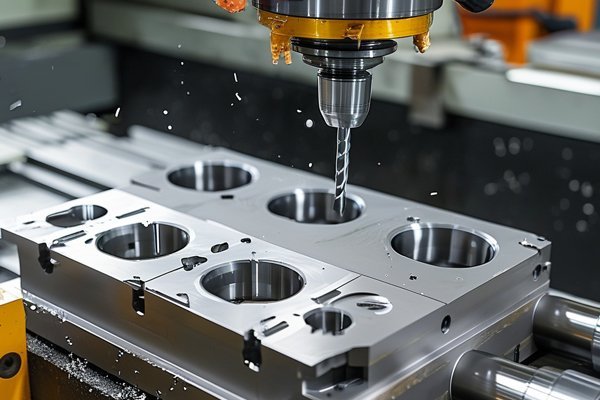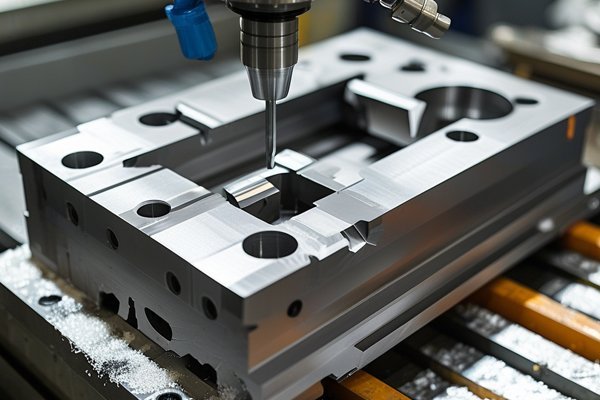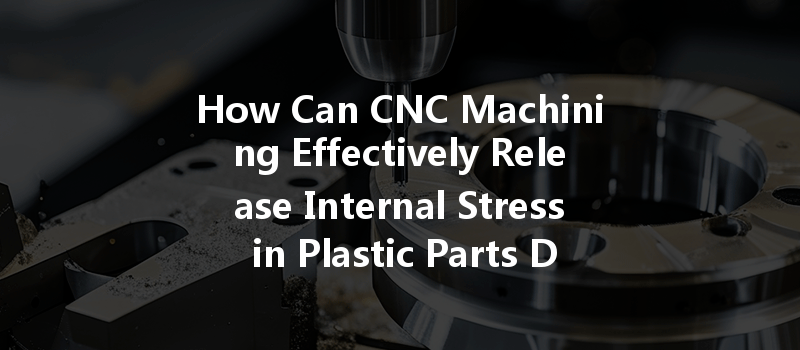Opening:
Did you know that internal stress can cause significant issues in plastic components, potentially leading to warping or premature failure? In the world of manufacturing, especially within CNC machining processes, understanding and effectively managing internal stress in plastic parts is crucial. Statistics indicate that nearly 30% of defects in machined plastic parts stem from internal stresses that aren’t adequately addressed, making it a vital topic for manufacturers seeking quality and efficiency.
:
As industries increasingly turn to CNC (Computer Numerical Control) machining for producing complex plastic components, understanding the implications of internal stress becomes critical. Internal stress occurs during the machining process due to temperature variations, material properties, and manufacturing techniques. If left unaddressed, this stress can diminish the integrity and performance of plastic parts, leading to costly reworks or failures. In this comprehensive guide, we’ll explore effective techniques to manage and release this internal stress during surface treatment, ensuring high-quality outcomes.
—
Understanding Internal Stress in Plastics
Before delving into solutions, it’s essential to grasp what internal stress means in the context of CNC machining for plastics.
Internal stress refers to the forces that accumulate within a material during manufacturing processes. In plastics, this stress can arise due to several factors:
Strategies for Releasing Internal Stress
Effective management of internal stress not only enhances the quality of the final product but also prolongs the life of the machinery and tools used. Here are several tried-and-true strategies to mitigate internal stress during CNC machining and surface treatment of plastics:
Choose plastics that have low internal stress capabilities. For instance, certain grades of polycarbonate and acrylic have better dimensional stability than others. Understanding the material’s thermal and mechanical attributes can guide this selection process to minimize internal stresses.
Rapid cooling can exacerbate internal stresses. Implement controlled cooling techniques to allow even temperature distribution. Using tools like cooling plates or controlled atmosphere chambers can help maintain optimal cooling rates, reducing thermal gradients within the material.
Post-machining processes are vital in relieving internal stress. Consider techniques such as:

Surface treatments can also play a crucial role in stress relief. Techniques include:
Utilizing advanced CNC strategies can help mitigate stress. Here are several methods:
Selecting the correct tools, as well as keeping them in excellent condition, is vital. Dull or inappropriate tools can increase cutting forces, amplifying the risk of stress within the material. Regular maintenance and the use of tools designed for specific plastics can reduce this risk significantly.
Ensure smooth operational workflows during CNC machining. This includes coordinating the sequence of operations to minimize thermal cycles and handling the machined parts carefully post-production.
Implementing robust quality control measures at all stages of the manufacturing process allows for early detection of stress-induced issues. Techniques such as ultrasonic testing or visual inspections can confirm part integrity.
Managing and effectively releasing internal stress in CNC machined plastic parts is not just a matter of quality control; it’s a vital component of successful manufacturing. By employing strategies such as optimal material selection, controlled cooling, stress-relief techniques, surface treatments, advanced machining methods, proper tool use, workflow optimization, and regular quality assessments, manufacturers can significantly improve the durability and reliability of their products.
The importance of this blog lies in not only understanding the mechanisms of internal stress in plastics but also in recognizing how proactive measures can prevent costly industrial issues. As CNC machining continues to evolve, embracing these techniques will be essential for maintaining competitive advantages and achieving excellence in manufacturing.
Final Thoughts
As you contemplate the complexities of CNC machining for plastic components, remember that internal stress is an ever-present challenge that requires attention and innovation. By implementing the solutions discussed, you’re not only investing in the quality and durability of your products, but also in the long-term success of your manufacturing processes.
For manufacturers and engineers, the journey in CNC machining is a continuous one filled with learning and adaptation. Reflect on the significance of stress management today to pave the way for tomorrow’s breakthroughs in plastic manufacturing technology.




